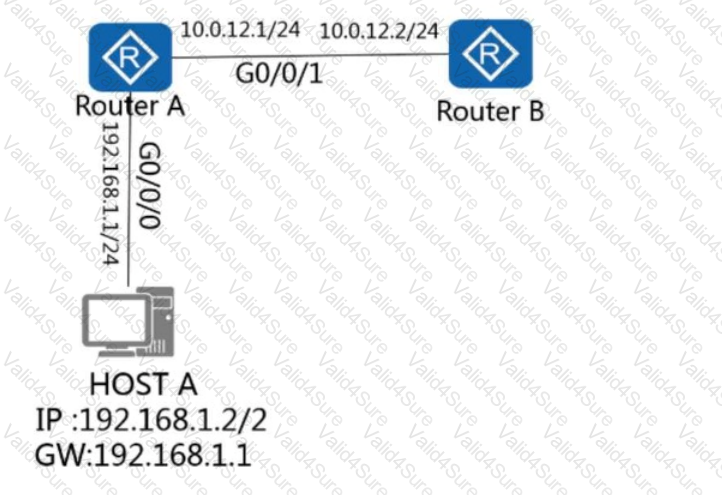H12-811_V1.0 Exam Dumps - HCIA-Datacom V1.0 Exam
On the network shown in the figure, host A logs in to router A through Telnet and obtains the configuration file of router B through FTP on the remote CLI. How many TCP connections exist on router A?

While inspecting packets in the network, a network administrator discovers a frame with the destination MAC address of 01-00-5E-A0-B1-C3. What can the administrator determine from this?
Which of the following MAC addresses cannot be used as the MAC address of host network adapters?
Refer to the following commands run on GigabitEthernet0/0/1 and GigabitEthernet0/0/2. Which of the following statements are true?
(Which of the following statements about IPv6 anycast addresses are true?)
Which of the following is correct regarding the configuration of the trunk port and access port on a switch?
As specified by the RSTP protocol, when a root port fails, which type of port will function as a new root port and enter the forwarding state without any delay?